Folk Revival: A Return to Authenticity in a Digital Age
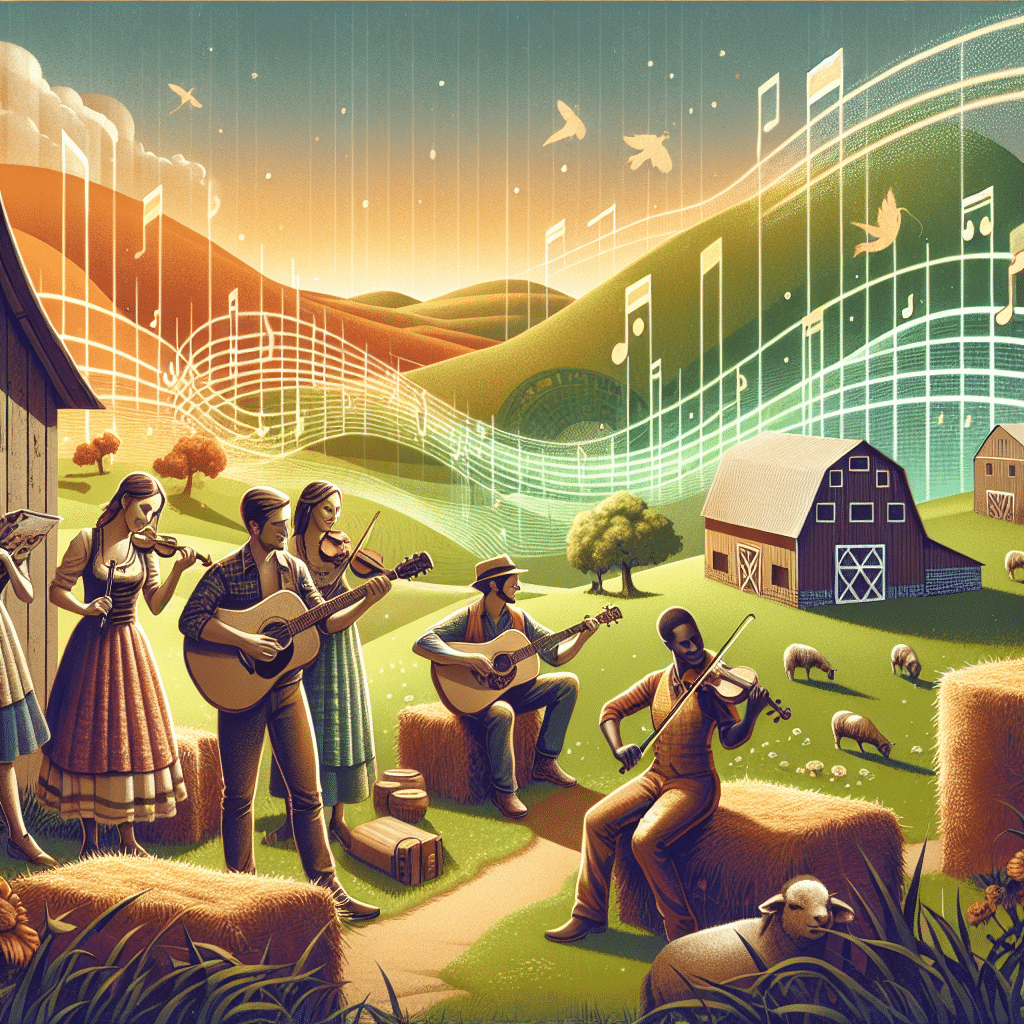
Introduction
In an era dominated by digital technology and rapid modernization, a compelling counter-movement has emerged: the folk revival. Rooted in the desire for authenticity and genuine expression, this revival is not merely a nostalgic glance backward but a vibrant reimagining of traditional music, art, and community practices. This article delves into the meaning of folk revival, its implications for contemporary society, and its significance in a digital age characterized by disconnection and superficiality.
What is Folk Revival?
Folk revival refers to a renewed interest in traditional folk culture, particularly in music and crafts. Traditionally, folk music consists of songs and tunes that are passed down through generations, encapsulating the experiences, struggles, and narratives of everyday people. This revival often blends traditional forms with contemporary influences, allowing artists to create unique interpretations while preserving the essence of the original art forms.
Historical Context
The folk revival movements can be traced back to the early 20th century, with significant momentum gained during the 1960s. Artists like Bob Dylan and Joan Baez brought folk music into the mainstream, capturing the political and social upheavals of their time. However, as pop culture continued to evolve, the genre waned, only to experience resurgences in the decades that followed. Today, the folk revival has taken on new dimensions, fueled by a growing interest in sustainable practices, localism, and community engagement.
The Drivers of the Folk Revival
See Also: Harmony in Simplicity: Why Acoustic Folk Music is Making a Resurgence
Harmony in Simplicity: Why Acoustic Folk Music is Making a Resurgence1. Reaction Against Digital Overload
In today’s hyper-connected world, many individuals feel a sense of disconnection despite being surrounded by technology. The folk revival serves as a response to this paradox, offering a way to reconnect with genuine human experiences. Through communal gatherings, acoustic performances, and handcrafted items, individuals seek out meaningful interactions that digital media often fails to deliver.
2. The Quest for Authenticity
Modern society is often criticized for its superficiality, where curated social media personas overshadow genuine human connection. The folk revival champions authenticity by valuing one’s roots and histories. Folk artists emphasize storytelling and raw musical expression — elements that resonate deeply with audiences seeking authenticity in their own lives.
3. Sustainability and Localism
The folk revival also coincides with a broader movement toward sustainability and localism. As environmental concerns escalate, many people are turning to traditional crafts and sustainable practices to reduce their carbon footprints. Localized music scenes and artisan markets are flourishing, fostering a sense of community and pride in local traditions.
Folk Revival Across Different Mediums
Music
See Also: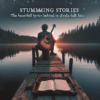 Strumming Stories: The Heartfelt Lyrics Behind Indie Folk Hits
Strumming Stories: The Heartfelt Lyrics Behind Indie Folk HitsFolk music, with its roots in tradition, is at the forefront of the revival. Artists such as Mumford & Sons, The Lumineers, and Fleet Foxes embody this blend of traditional folk sounds with modern influences. Many contemporary folk musicians use social media platforms to share their music, creating a global community while keeping the focus on authenticity and storytelling.
Visual Arts
Alongside music, the revival extends to visual arts, with artisans returning to traditional crafts like quilting, woodworking, and pottery. The resurgence in these art forms reflects a broader appreciation for hand-made items and a push against mass-produced consumer goods.
Literature and Storytelling
Storytelling is an integral aspect of the folk tradition, and in today's digital age, it has found new life in podcasts, blogs, and social media storytelling. The oral tradition remains strong as people utilize modern platforms to share their stories, furthering the communal aspect of folk culture.
The Impact of Technology
While technology is often seen as a threat to authenticity, it can also serve as a powerful tool for the folk revival. Social media enables artists and communities to connect with wider audiences, share their work, and draw in participants who might not have access to traditional folk gatherings. Digital platforms provide spaces for collaboration, resource sharing, and the promotion of folk events.
See Also: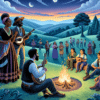 Harmony in the Hills: Exploring the Modern Folk Music Renaissance
Harmony in the Hills: Exploring the Modern Folk Music RenaissanceThe Role of Community
At the heart of the folk revival is a sense of community. Local fairs, concerts, and gatherings are integral to the movement, fostering connections among participants. Such events allow individuals to celebrate their shared heritage while also introducing newer generations to traditional practices. The revival encourages active participation rather than passive consumption, which is crucial in a digital age increasingly dominated by individualism.
The Importance of Folk Revival in a Digital Age
The folk revival represents more than just a resurgence of interest in traditional culture; it signifies a collective yearning for authentic experiences in a world often defined by artifice and isolation. In this sense, the revival underscores the importance of community, personal connection, and cultural preservation. As we navigate an increasingly digital landscape, the folk revival champions the values of authenticity, creativity, and shared human experiences that can enrich our lives.
Conclusion
The folk revival is a powerful reminder of the value of authenticity in a world that often prioritizes the superficial. Through music, art, and community engagement, individuals are reclaiming traditional practices and narratives, celebrating their rich cultural histories while adapting to contemporary needs. As we move forward in the digital age, the folk revival offers essential lessons about connection, sustainability, and the importance of preserving our shared human experience.
FAQs
What is the folk revival movement?
See Also: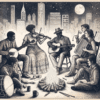 The Folk Revival Movement: How Traditional Sounds Are Shaping Modern Identity
The Folk Revival Movement: How Traditional Sounds Are Shaping Modern IdentityThe folk revival movement refers to a renewed interest in traditional folk culture, particularly in music, crafts, and storytelling. It draws on historical forms while adapting them for contemporary audiences.
How has technology influenced the folk revival?
While often viewed as a source of disconnection, technology has provided tools for artists and communities to share their work, connect with audiences, and promote folk events. Social media and digital platforms facilitate collaboration and resource sharing.
Why is authenticity important in today's society?
In a digital age where curated identities often overshadow genuine interactions, authenticity is critical for fostering meaningful relationships and experiences. Folk revival emphasizes the value of true representation and personal narratives.
Can folk revival be considered an environmentally friendly movement?
Yes, the folk revival often emphasizes sustainability and localism, encouraging practices that are environmentally friendly and promote community engagement, such as handmade crafts and locally sourced materials.
See Also: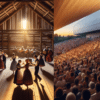 “From Barn Dances to Concert Halls: The Evolution of Folk Music”
“From Barn Dances to Concert Halls: The Evolution of Folk Music”How can I participate in the folk revival?
Participating in the folk revival can take many forms, including attending local music events, engaging in traditional crafts, or sharing stories through various mediums. Look for local fairs, artisan markets, and community gatherings to get involved.
If you want to know other articles similar to Folk Revival: A Return to Authenticity in a Digital Age you can visit the category Folk.
